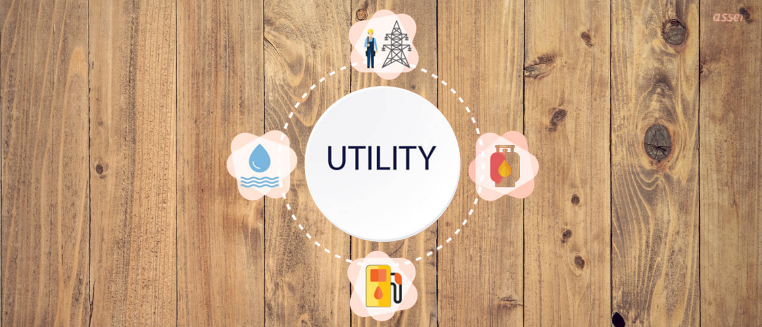
What to Keep in Mind When Putting Together a Wardrobe
Every time you leave your house, whether consciously or not, you send a message about who you are to the world. For maximum impact, you need to invest in a well-curated wardrobe and practice effective outfit coordination. Whether you’re a lawyer, company leader, plumber, or teacher, dressing well will give you a more favorable impression. Whether a potential employer, client, or customer will be inspired to pursue a connection with you is often determined by how they perceive you. That being said, dress like you mean business.
Table of Contents
Toggle1. Matching Jewelry & Clothing Hues
The color scheme you choose to use among the many factors to consider when putting together an outfit. The wrong color choice can accentuate imperfections, while perfectly coordinated accessories can make an outfit pop. Color and its creative use of it in clothing and accessories define fashion. Most jewelry may be worn without regard to the color scheme, but if you want to make an impression, you should be more selective when selecting gemstone pieces. You dont want to wear gold chains on your beautiful evening gown.
2. The A-to-Z of Primary & Secondary Hues
It’s essential to lay a solid foundation before diving into the specifics of what colors work with what in terms of clothing and accessories. The three primary colors—red, blue, and yellow—are the basis for all other hues. Whether you’re looking at a shirt, a blouse, or a pair of jeans, one of these hues is almost certainly the dominant one. The black pants you’re wearing might actually have more of a red or blue undertone.
You may bring out the finest in your appearance by carefully coordinating primary and secondary colors. First, you should evaluate the primary color of your ensemble, and then you may examine the secondary hues that you’ve chosen to complement it.
All you have to do is combine two complementary hues in a 1:1 ratio to create a secondary color. Purple (yellow and red), orange (orange and green), and green (yellow and blue) make up the secondary palette (blue and red).
3. Jewelry Sets With Matching Gemstones
You’ll find some suggestions for how to wear various colored jewels in the following samples. We’ll discuss the specific reasons why these color combinations work so well and then review the color wheel to show you exactly why. Never fear, the color wheel is here to help you look your best no matter what the occasion calls for.
Gemstones like rubies, sapphires, emeralds, citrine, and amethyst offer a touch of class to any ensemble. These yellow-gold tones blend well with blues and purples and other chilly hues. A stunning citrine necklace, for instance, pairs wonderfully with a purple top, brown jacket, or beige shirt. Citrine necklaces, citrine bracelets, and yellow topaz earrings are all great choices that you can find at any necklace shop.
The preceding illustration demonstrated that cold colors (greens, blues, and purples) go well with warm colors (yellows, oranges, and reds). Blue gemstones complement the wearer’s choice of blue, navy, or yellow. Gems like tanzanite, topaz, and sapphire all fall under the blue category.
Black and white outfits look stunning with gold jewelry and onyx gemstones. Black and white are timeless color combinations that never go out of style.
The green peridot and the blue topaz are just two examples of the vibrant gemstones that are at their best throughout the spring and summer months. These vivid hues look great in the spring and summer when paired with more muted, neutral garments.
4. Guidelines for Effective Color Coordination
The color wheel is an excellent resource for amateur artists. With the help of the color wheel, you can easily see which color combinations work well and which do not. Choose an item of clothing or a gemstone and use the color wheel to find a complementary shade. If your dress is blue, for instance, accessorizing with yellow gemstones and jewelry is a great idea.
The fundamentals of jewelry and clothing matching are as follows::
- Determine the dominant hue of your ensemble; if your top is yellow while your bottoms are gray, the former is the case.
- Find your primary color on the color wheel.
- For the best accessory color, check the other side of your outfit from the main color.
Endnote
You can find jewelry in complementary colors by looking across the color wheel; if your clothing is predominantly blue, for instance, you can find jewelry in yellow and orange. To add that final touch to your outfit that will have everyone talking, try accessorizing with citrine gemstones.
Also read Getting Started With UAF Blackboard

